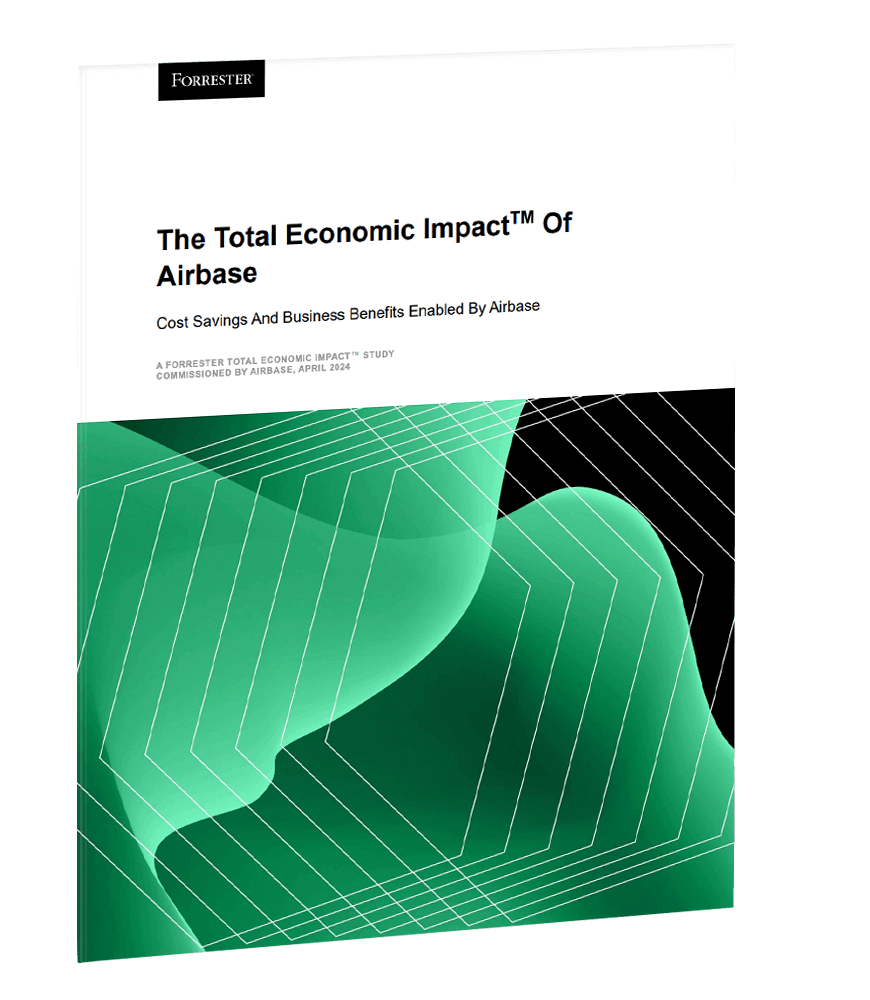What is the Rule of 40?
The Rule of 40 is a guideline for measuring the health of software-as-a-service (SaaS) companies. It states that SaaS companies should have a combined revenue growth rate and profit (or Earnings Before Interest, Taxes, Depreciation, and Amortization (EBITDA)) margin of at least 40%. Adding growth rates to profit margin recognizes that both top-line and bottom-line contributions are important and that together, they need to add up to an acceptable total. The tradeoff between investment and growth is a critical one and this is a simple metric to evaluate that tradeoff.
Overview of the Rule of 40.
Popularized by venture capitalist Brad Feld, the Rule of 40 is a way to evaluate fast-growing startup companies.
This rule suggests that early-stage SaaS startups, even if they are barely profitable or unprofitable, can still achieve high valuation multiples if their growth rate compensates for their burn rate. It balances the trade-off between growth and profit margins to prevent an exclusive focus on growth at the expense of cost efficiency, which is common in the SaaS industry.
By combining a startup’s profit margin and growth rate into a single figure, the Rule of 40 helps investors mitigate downside risk and guide the company toward long-term success.
Purpose of the rule.
High-growth SaaS startups often have to choose between rapid expansion and improving profitability. The Rule of 40 provides a framework to find a balance between these objectives. If a company decides to throttle revenue growth by spending heavily on say an expensive marketing campaign or deep price discounts that eat into profit margins, the rule will tell them how much growth would need to be achieved to justify the investment.

Take a tour of Airbase.
Explore Airbase with a self-guided tour.
How to calculate the Rule of 40.
The Rule of 40 formula is simple and requires two key inputs: growth rate and profit (EBITDA) margin.
For instance, if your revenue growth rate is 20% and your profit margin is 20%, the Rule of 40 number is 40%. But if either growth or profit margin slip, the result would drop below the acceptable level.
To be considered “attractive,” by investors, you need to boost either growth or profit to reach a combined total of 40% or higher.
Steps to calculate:
1. Growth input: Use either recurring revenue growth or total revenue growth. If subscription revenue makes up 80% or more of your total revenue, recurring revenue growth is more relevant.
Example: If most of your revenue comes from subscriptions, your focus is on growing this recurring revenue. Other revenue streams, like professional services, might support this by ensuring customer success and retention, even if they also produce margins.
2. Profit input: Typically, EBITDA margins are used. EBITDA is a standard metric in the SaaS industry, serving as a proxy for the cash flow your business generates.
Why EBITDA?: EBITDA removes the effects of different capital structures, tax treatments, and accounting practices, offering a more standardized measure of operational cash flow.
Formula:
Rule of 40 (%) = Revenue Growth Rate (%) + EBITDA Margin (%)
Example calculation:
If a company has a revenue growth rate of 15% and an EBITDA margin of 20%, the Rule of 40 is calculated as follows:
15% (Growth) + 20% (Profit Margin) = 35%
This result falls short of the 40% target, indicating the need to improve either growth or profit margin to be more attractive to investors.
Using EBITDA in this formula helps level the playing field across companies with different capital structures and accounting practices by approximating operating cash flow more consistently.
Why it matters.
The Rule of 40 is significant because it prevents an exclusive focus on growth at the expense of cost efficiency. For an early stage SaaS startup that is not yet profitable, a high growth rate (40%, 50%, 60%) can still justify a high valuation. However, since it is easy for a very early startup starting from a very low base to show high revenue growth rates the Rule of 40 is not that helpful.
When should you measure the rule of 40?
Because the numbers are skewed for very early stage companies, the Rule of 40 is a metric that is appropriate for more established companies. Startups should focus on product/market fit, go-to-market strategy, and cash flow rather than this metric.
Brad Feld suggests that this measurement becomes relevant when a company achieves $1M in monthly recurring revenue (MRR). However, it can also be considered once you have developed most of the key functional departments within your SaaS company, such as support, services, customer success management (CSM), research and development (R&D), sales, marketing, and general and administrative (G&A) functions. This presents a more comprehensive measure of the costs required to sustain certain growth rates.
By this stage, with most departments operational, your focus will naturally shift toward metrics such as gross margins, operating leverage, revenue growth, and EBITDA. Measuring the Rule of 40 will then become a straightforward extension of your monthly reporting package. However, it’s important not to overlook other crucial SaaS metrics, such as the Customer Acquisition Cost (CAC) Payback Period.
The Rule of 40 is a useful metric for SaaS companies and their investors, helping guide decisions on when to prioritize growth or profitability.
How Airbase can help.
Airbase is essential for protecting and improving profit margins. It provides a comprehensive way to manage all non-payroll spend in an organization to reduce duplicate, maverick, or wasted spending. It helps manage vendors and contract renewals to get the best price for purchases. Finally, it provides reporting and insights into the actual spending process itself so that finance teams can make it as efficient as possible by removing bottlenecks and streamlining processes.
 Jira Integration – Streamline Your Workflows
Jira Integration – Streamline Your Workflows  Ironclad Integration – Simplify Legal Operations
Ironclad Integration – Simplify Legal Operations  Asana
Asana 
